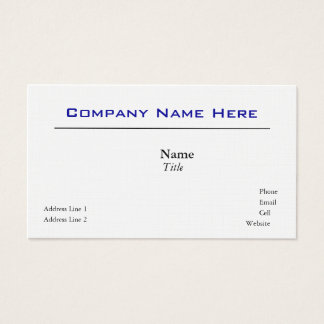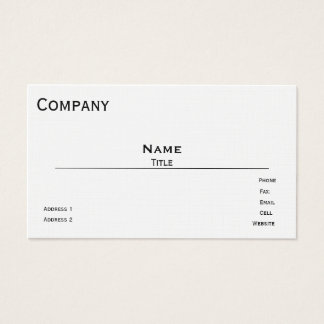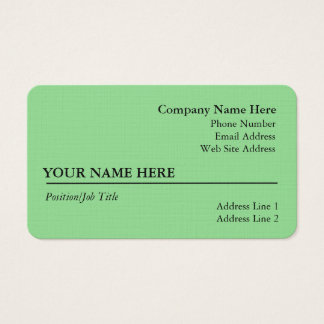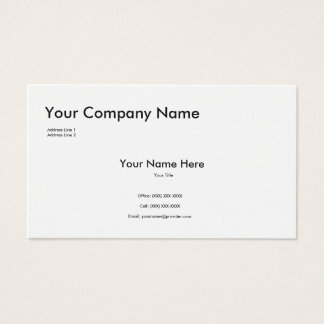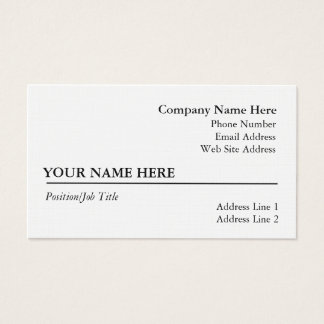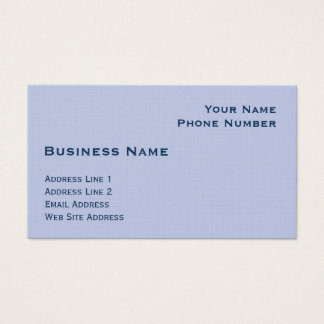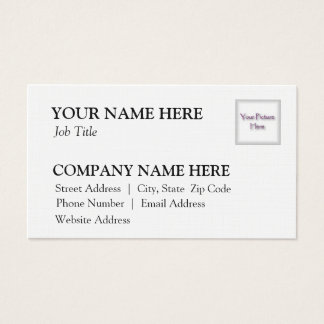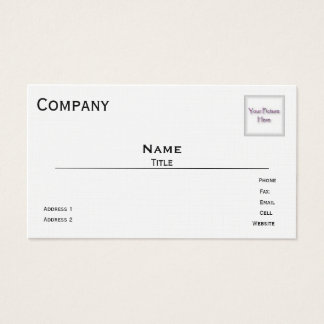What happened to the good old days when time used to creep by? We are now into 2015, and another year of content marketing has arrived. As expected, we learned a thing or two from Google last year, and experienced a couple algorithm updates that had both positive and negative impacts.
We can only make educated guesses as to what obstacles Google will throw at us this year, but there is one thing that still remains certain: content marketing is
vital for online success.
2014 SEO Updates: A Penguin and Penguin Roundup
Every year, we can usually expect a bit of turmoil from Google’s Panda and Penguin updates. However, in 2014, the shakeup was a bit less painful than professionals anticipated. Panda in particular did not hit the SERPs with an update until about midway through the year — May 19. With the release of Panda 4.0, it became more than just another refresh. This particular Panda update had a
new algorithm, with precise ability to sniff out low quality content. The new version of Panda impacted roughly seven percent of search queries in the English language.
More recently, another
Panda update rolled out in September. This Panda update wasn’t as hard as Panda updates of the past; roughly three to five percent of search queries were affected. However, this Panda update did have a positive impact on some level. Thanks to Panda 4.1, new tweaks to the algorithm will give small- and medium-sized websites a time to shine. This could possibly be a signal of encouragement for local scale websites to produce more quality content, but only time will tell.
Those who benefited from this particular Panda update include:
- eCommerce websites that feature compelling content. This is particularly the case for ecommerce websites that offer customers educational content to help make smart purchasing decisions.
- Large media niche sites with a lot of valuable and relevant content. This also includes smaller scale sites with compelling content, but with a small audience base.
- As always, websites that are stocked full of strong and unique content that compels customers to take action. Content marketers are always winners in the eyes of Panda, and this latest update is no exception.
There is no question that a pattern has emerged as to what websites are generally safe from Panda updates. High-quality content that serves a purpose will
almost always keep you on the safe side of Google’s Panda updates.
Also rolling out in mid-October was Google’s Penguin update. This version of Penguin was much anticipated — offenders waited nearly a year for the new update to roll out. Those who were penalized by Penguin in the past spent months correcting their mistakes and have been at the mercy of Penguin ever since.
To reverse your wrongdoings from Penguin, any unfortunate losers from the update have to wait on a refresh. If you have made the right moves in removing bad backlinks, you might be lucky enough to turn your ranking around. Penguin is known for harsh penalties, and it can be difficult to pull yourself out of the Penguin penalty pit.Penguin’s aim is to take down low-quality Web links that give websites an unethical search engine boost. Buying links and other shady tactics will get you in big trouble with Pengiun, and the penalties mean serious business. Yet again, quality content serves as an antidote to Penguin. If you invest in high-quality content development, you will never need to buy a link in your life.
People link to what’s engaging, educational and relevant. Keep your content and link building efforts on this path, and Penguin should ultimately stay out of your way.
Predictions From The Past
We
made a couple predictions last year as to how Google will impact SEO and content development for 2014. We’re proud to say that quite a few of them were right, and some of these predictions can even carry over into 2015.
First, we predicted that Google would crack down on spam. We hit this prediction on the head, especially with the new algorithm rollout of Google’s Payday Loan update. The Payday Loan targets
spammy queries, and this year’s update was also designed to protect against some aspects of
negative SEO. Other spam-fighters include the usual Panda and Penguin, which target low quality content, over-optimized spam websites, and shady link tactics.
We also predicted that there would be a shift in eCommerce for using content as an SEO strategy. This prediction came true very recently, with the aforementioned Panda 4.1 update. Quality content on eCommerce websites reportedly resulted with a nice SEO boost.
Not surprisingly, we also predicted that content quality would win in 2014. This prediction has been proven
time, and time,
and time again. Google is notorious for being unpredictable and pulling fast upsets with SEO experts, but one thing has remained the same for quite some time: content marketing pulls a ton of weight in the world of digital marketing.
If you aren’t on the content marketing boat in 2015, your ship is about to sink.
2014 Content Lessons and Your Plan to Move Forward
Google has taught us quite a bit about content marketing in 2014, and there are some solid guidelines to follow this year too. We hope you are on board by now with the content marketing game. In order to not be left behind, here are the lessons we’ve learned this year and how you can fit them into your 2015 content marketing strategy.
Lesson Learned 1: Long Content is Ideal Content. The days of 300-400 word blog posts are long gone. With the Internet becoming heavily saturated and overloaded with information, it takes in-depth writing with expert knowledge in order to win authority with Google. One of the ways that you can achieve Google recognition is with long content. Long content generally starts with 1,000 words and goes up from there. However, research suggests that 2,000 words and above pulls the most weight and have the highest ROI.
Why does long content work so well? There’s a laundry list of reasons. First, assuming that the content is well-written, it keeps visitors on your website for a longer period of time. Longer visit times equate to lower bounce rates, which is desirable in the eyes of Google.
Furthermore, longer content gives marketers an opportunity to be more thorough. Being thorough means that you are being informative and providing value. This is a double win with Google, and can easily be achieved by stretching that word count.
Lesson Learned 2: Over-optimizing and Keyword Stuffing is Out. Focusing heavily on keyword optimization and over optimizing your content is the oldest trick in the book. Let’s be honest, here: it doesn’t fool real people, and it is not going to fool Google. Keywords can give your content a kick, but never supplement your word count with a ridiculously high keyword density. That’s just asking for trouble.
If you need more evidence, Google’s regular algorithm updates should be enough. Just like we predicted that Google would tackle spam in 2014, your keyword-stuffed content will not go undetected. There’s a Panda out there, and it’s hunting for spammy and low quality content.
The bottom line is to use your keywords naturally. Let them flow into your sentences as if they are strokes of a paintbrush. Forcing keywords is a big no-no; just ask Panda.
Lesson 3: Education Spells Success. It’s as easy as A-B-C. In 2014, educational content continued to be a big winner with Panda. eCommerce sites with quality content got a leg up with Web traffic on the Panda 4.1 update, as they helped buyers make informative decisions.
Education pays off in the world of content marketing for multiple reasons. It gives you a position of authority, as you offer expert and credible insight on your services and products. Next, educational content can serve as evergreen content, which can be used over and over again without becoming irrelevant. Educational content is also the perfect supplement to a link building strategy, as you’ll become a source of reference in your niche.
Lesson 4: Content Curation Supplements Your Strategy. Although it isn’t as widely practiced (yet), content curating is a super smart content marketing technique. It adds hours to your watch, ideas to your calendar, and can open new doors for relationship building. Content curation makes sense for busy marketers who can’t always find the time to find the best available content in their niche. Streamlined content curation tools like
Scoop.it make marketers’ lives easier, as you can curate content at the click of a button.
Content curation is bound to get big in 2015. Start building authority and establishing your brand with the wonders of content curation.
Lesson 5: Quality Content Comes In All Shapes and Sizes. Content in the form of writing is fantastic, but don’t forget the other versions of content that brings a big bang to your marketing strategy.
Infographics are still widely popular this year. They are the perfect solution to reproducing high quality content with a twist. Infographics pair data and graphics beautifully, which is a big reason why they are so appealing to readers.
Generating content in the form of a video or slideshow is another way to reach your readers in 2014 and beyond. It’s a snap turn a blog post into a slideshow; simply create your design in Google Slides and upload it to
Slideshare. You can also include an embedded link to your blog for some extra link juice.
Lesson 6: High-Quality Content Helps With Link Building. Inbound links is one of the stronger signals that Google uses to determine ranking. As an effort to cheat the system, some resort to buying links and other shady tactics to score some extra SEO juice. Google fought back against spammy links with the Penguin update, making link building a much more difficult task.
However, you don’t have to scam the system to score higher search rankings. Creating quality content is a solution to help your website build links naturally. High quality content that is relevant and informative naturally encourages inbound links. Better yet, high quality content has the potential to be linked to from high authority domains; this means that the SEO value increases.
For best link building practices, aim to develop high quality content that delivers. No Penguin penalties included.
Lesson 7: Quality Content Answers Customer Questions. Content that is focused on serving the needs of your audience will always win with Google. Becoming a helpful information hub in your niche will lure in readers, while naturally giving you a boost in traffic.
If you aren’t sure what questions your customers have, ask them yourself. Conduct a Q&A session on Facebook or Twitter. Take the feedback from those social platforms and turn it into content
Lesson 8: Take Advantage of Multiple Social Platforms. Sharing your quality content doesn’t have to be tricky. Social media plays a big role in content marketing, and trying your luck on several platforms can work to your advantage. Social media is not only perfect for sharing your own content, but it’s a hot spot to share curated content as well.
Not to mention, social media helps you discover the engagement factor of your content. Use platforms like Facebook and Twitter for clues that your content is serving its purpose.
We’re always discovering new ways to increase the value of content, and 2014 has offered valuable lessons with how to continue our strategies into the New Year. Regardless of what tricks and trip-ups that Google throws at us next year, high quality content will remain unstoppable and untouched.
15% Off All Business Cards
$60.05
$60.05
$60.05
$62.55
$60.05
$60.05
$60.05
$60.05
$52.55
$52.55
$60.05
$60.05

